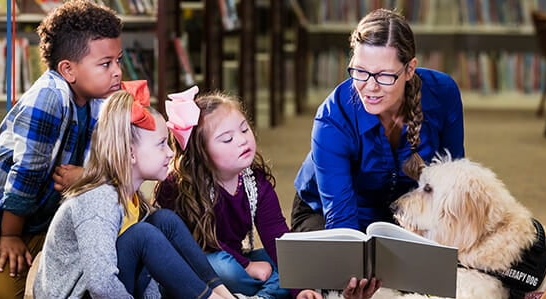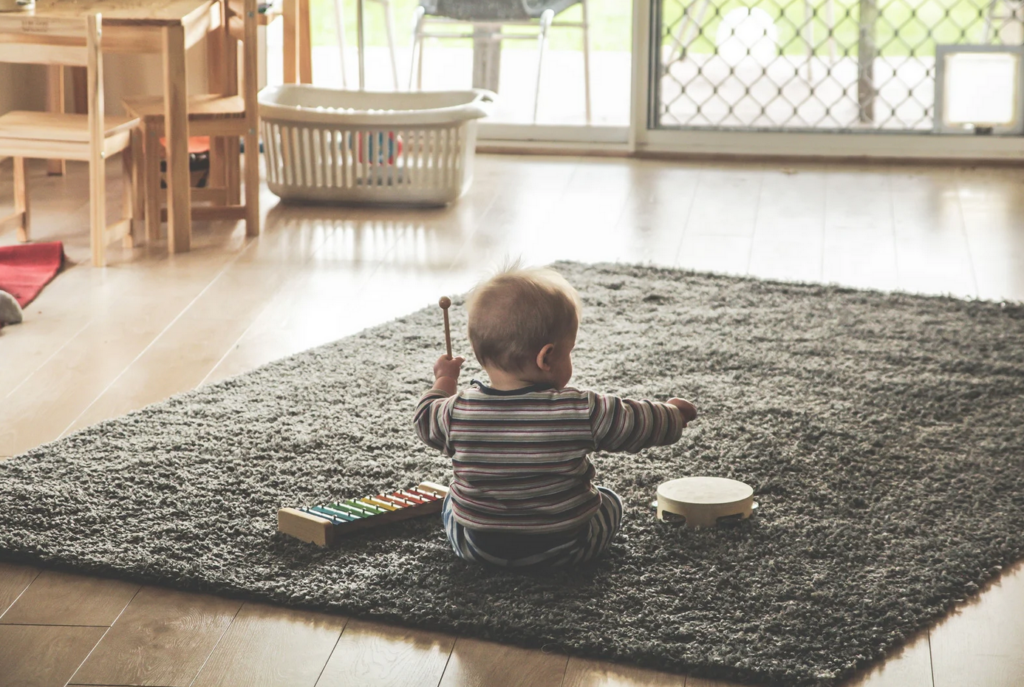In today’s diverse classrooms, it’s essential to foster an inclusive learning environment that supports the unique needs of all students, including those with autism. By creating an inclusive classroom, we can ensure that children with autism have equal opportunities to thrive academically, socially, and emotionally. In this blog post, we will explore some practical strategies and tips for teachers and educators to create an inclusive classroom environment for children with autism.
Limited Interests in Autistic Children
To create an inclusive classroom, it’s crucial to have a good understanding of autism spectrum disorder. Educate yourself about the characteristics and challenges that children with autism may face, such as difficulties with social interaction, communication, sensory sensitivities, and repetitive behaviors. This knowledge will help you provide appropriate support and accommodations.
Implement Visual Supports
Visual support can be highly beneficial for children with autism. Use visual aids, such as schedules, visual timetables, and visual cues, to enhance their understanding and organization. Visual supports provide structure, promote independence, and help children with autism navigate their daily routines effectively.
Develop Individualized Education Plans
Individualized Education Plans are crucial for addressing the specific needs of children with autism. Collaborate with parents, special education professionals, and support staff to develop IEPs that outline goals, accommodations, and strategies tailored to each student. Regularly review and update this system to ensure they remain effective.
Promote Social Skills Development
Social interaction can be challenging for children with autism. Incorporate activities and strategies that promote social skills development within the classroom. Encourage peer interactions through group projects, buddy systems, and cooperative learning. Provide explicit instruction on social cues, empathy, and communication skills. Creating a supportive and accepting classroom culture will help children with autism feel more included and valued.
Sensory-Friendly Environment
Children with autism may have sensory sensitivities or sensory-seeking behaviors. Create a sensory-friendly classroom environment by minimizing distractions, reducing noise levels, and providing comfortable spaces for relaxation or sensory breaks. Consider using fidget tools, weighted blankets, or noise-canceling headphones to support sensory regulation.
Differentiate Instruction
Differentiated instruction allows you to address the diverse needs of students with autism. Adapt your teaching methods, materials, and assessments to accommodate different learning styles and abilities. Use a variety of teaching modalities, provide clear instructions, and break down complex tasks into smaller, manageable steps. Individualize assignments and assessments based on each student’s strengths and challenges.
Foster Peer Acceptance and Understanding
Encourage peer acceptance and understanding by promoting empathy and teaching classmates about autism. Organize awareness campaigns, invite guest speakers, or facilitate discussions about diversity and inclusion. Encourage students to ask
questions, share experiences, and learn from one another.
Conclusion
Creating an inclusive classroom environment for children with autism requires a proactive and empathetic approach. By understanding the unique needs of students with autism, implementing visual supports, developing individualized plans, promoting social skills, and fostering a supportive classroom culture, educators can create an environment where all children can learn, grow, and thrive. Together, let’s embrace inclusivity and ensure that every child receives the education and support they deserve.



